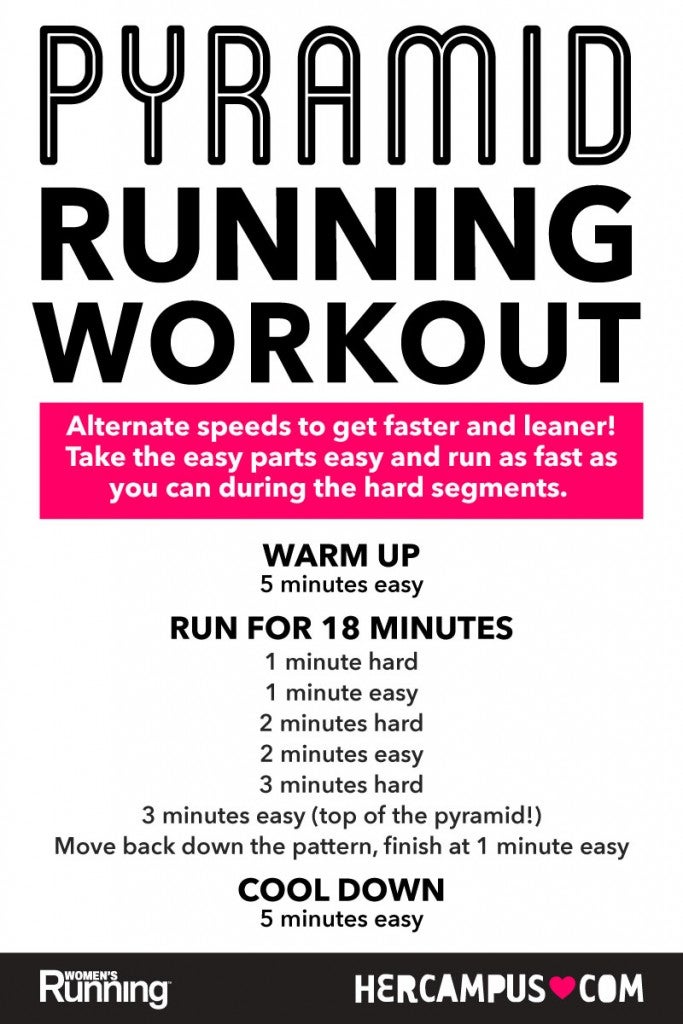Running Workout Techniques: Strategies to Boost Stamina and Speed
Running Workout Techniques: Strategies to Boost Stamina and Speed
Blog Article
The Ultimate Guide to Taking Care Of Discomfort When Running
Whether you are an experienced marathoner or just starting your running trip, recognizing the different types of pain that can develop and the methods to address them is essential. From pre-run warm-up regimens to appropriate footwear option, there are countless aspects to take into consideration when it comes to dealing with discomfort while running.

Understanding Various Sorts Of Running Discomfort
When running, it is necessary to identify between different kinds of pain to stop injuries and maximize efficiency (Read More). One usual sort of pain that runners might experience is muscular tissue discomfort, which usually occurs from the tension placed on muscle mass during exercise. This kind of pain is frequently a regular component of the running process and can be managed via appropriate workout, cool-down, and stretching regimens
Another type of discomfort to be familiar with is joint pain. Joint discomfort can suggest issues such as overuse, incorrect form, or underlying problems like arthritis. Disregarding joint discomfort can cause more serious injuries, so it is crucial to deal with any kind of pain quickly and potentially look for specialist recommendations.
Additionally, sharp or stabbing discomforts should not be neglected. These kinds of discomfort can indicate intense injuries such as pressures, strains, or tension fractures - running strategy. Remaining to run through these kinds of discomfort can exacerbate the injury and prolong healing time

Pre-Run Workout and Extending Routine
To prepare the body for a running session, carrying out a reliable pre-run workout and extending regular is essential. A proper warm-up assists enhance blood flow to the muscle mass, boosts adaptability, and lowers the threat of injury throughout the run. Start with dynamic stretches like leg swings, arm circles, and high knees to slowly increase your heart rate and loosen up the muscles. Dynamic stretching helps mimic the movements you'll be doing while running, preparing your body for the task in advance. Follow this with fixed stretches concentrating on significant muscular tissue teams such as the hamstrings, quadriceps, calf bones, and glutes. Hold each stretch for about 15-30 seconds without jumping to advertise muscle mass relaxation and flexibility. Remember to listen to your body and change the intensity of your workout based upon your health and fitness degree and any type go to the website of pre-existing conditions. By incorporating a regular pre-run workout and extending regular into your running regimen, you can maximize efficiency and reduce the risk of pain or injury.
Appropriate Shoes Choice and Fit
When picking operating footwear, it is essential to think about variables such as foot kind, running stride, arch assistance, cushioning, and footwear size. Checking out a specialty running store for a gait evaluation and specialist fitting can help make certain that you select the right shoes for your specific requirements. Spending in high-grade footwear that is suitable for your running style and foot makeup is a proactive step towards protecting against pain and injuries throughout your runs.
Nourishment and Hydration Tips for Discomfort Avoidance

Hydration is equally vital for runners to stay clear of cramps, dehydration, and various other discomforts that can bring about pain throughout running. It is recommended to consume an adequate quantity of water throughout the day and especially previously, throughout, and after running sessions. Electrolyte-rich drinks or sports beverages can also be useful for restoring lost minerals and keeping proper fluid equilibrium. running strategy (Read More). By prioritizing nourishment and hydration, runners can boost their performance, decrease pain, and appreciate a much more comfy running experience.
Post-Run Recuperation Techniques to Ease Pain
Carrying out efficient recovery techniques is vital for easing discomfort and advertising muscle mass healing after running sessions. Furthermore, icing sore areas for 15-20 minutes can aid reduce inflammation and numb discomfort post-run.
Moistening sufficiently post-run is important for renewing fluids lost throughout workout and helping in muscle mass recovery. Eating a well balanced treat or meal that includes healthy protein and carbs within thirty minutes of finishing a run can help fix muscle mass tissue and replenish power shops. Furthermore, getting adequate remainder is crucial for allowing the body to fix and reinforce muscle mass. Incorporating energetic healing activities such as light walking or swimming can additionally assist promote blood circulation and minimize muscle mass stiffness - Read More. By integrating these post-run recovery strategies right into your regimen, you can properly handle pain and optimize your running efficiency.
Final Thought
Finally, resolving various kinds of running discomfort through proper warm-up, extending, footwear selection, nourishment, hydration, and post-run recovery strategies is necessary for pain avoidance and administration. By understanding the reasons for pain and applying these techniques, joggers can reduce pain and prospective injuries. It is crucial to focus on overall physical wellness and well-being to make sure a successful and satisfying running experience.
Report this page